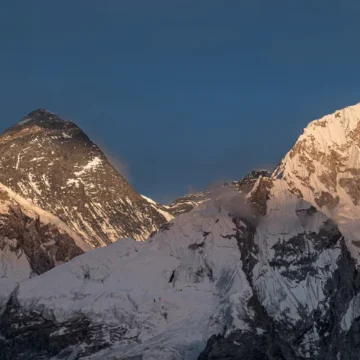
Lhotse: All About the 4th Highest Peak in the World
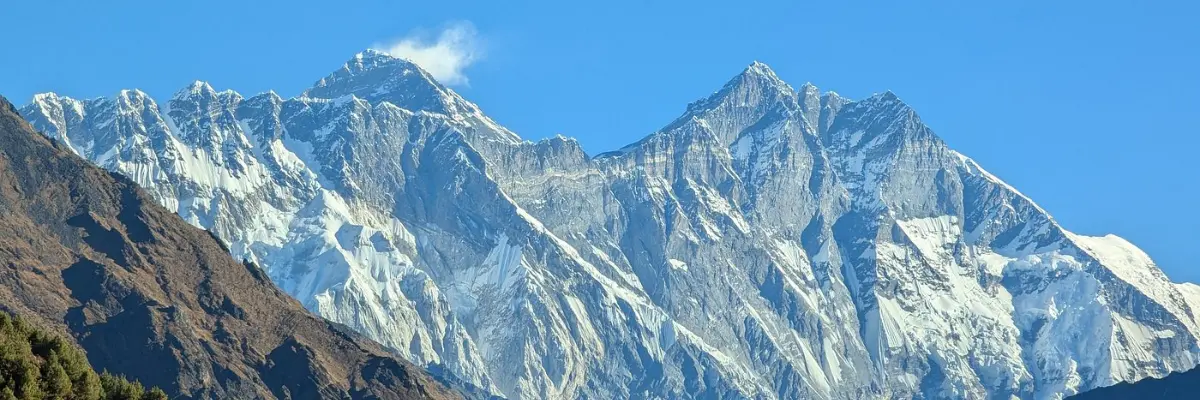
Table of Contents
While everyone praises the magnificence of Everest, there lies the razor-edged summit, Mount Lhotse, the world’s 4th highest peak. Besides Everest, it is often overshadowed by its more famous neighbour, Mount Lhotse, which is equally beautiful and challenging.
With its razor-sharp ridges, dramatic elevation, and notoriously famous Lhotse Face, Mount Lhotse is often referred to as “The Silent Giant” or “Everest’s Sister Peak“.
This mountain is not just a secondary climb among mountaineers; climbing this peak is an achievement in itself. Mountaineers on the way to the Everest summit often lock eyes with the Lhotse summit, unknowingly tracing one of the most dangerous Lhotse ice walls on earth.
Climbing its summit requires both technical expertise and unwavering determination. For many seasoned climbers, it is not just another mountain to claim; it’s a raw, silent wall carved in the shadows of the Himalayas.
Where is Mount Lhotse Located?
Mt. Lhotse is located in the Solukhumbu District of eastern Nepal, within Sagarmatha National Park, a UNESCO World Heritage Site known for housing the World’s tallest peaks. It is a part of the Mahalangur Himal range of the Himalayas and is situated just south of Mount Everest.
The 4th highest peak location makes the Mount Lhotse expedition even more interesting. The closest and easiest access to the mountain is via Lukla, one of the most thrilling mountain flights. You can take a Lukla flight from Kathmandu or from Ramechhap.
After landing in Lukla, trekkers have to trek through Namche Bazaar, Tengboche, and finally Everest Base Camp. Everest and Lhotse share the Everest-Lhotse Base Camp.
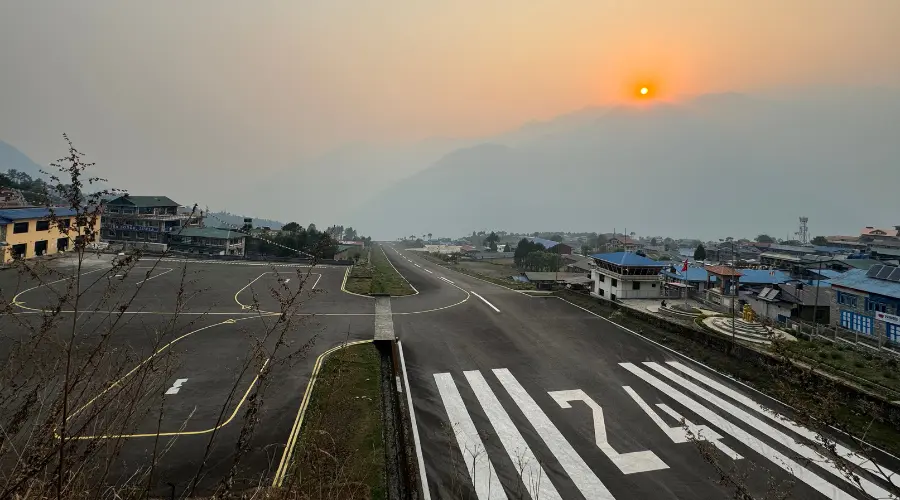
How tall is?
Mount Lhotse height above sea level reaches up to 8516 meters, making it the 4th highest point on earth. Its height in feet can be measured at 27,940 feet.
But it’s not just a single peak. It’s a massif of three faces.
- Main: 8516 meters (27,940 ft)
- Shar: 8383 meters (27,503 ft), to the east
- Middle: 8410 meters (27,589 ft), between the two, is rarely climbed
The vertical rise from the Base Camp to the summit is 3152 meters (10,341 ft), a physically and mentally gruelling ascent. With every meter of altitude gained, the breathable oxygen level decreases, and Lhotse elevation becomes a formidable challenge.
What is The Lhotse Face?
The Lhotse Face is a colossal, near-vertical wall of the glacial blue ice that stretches about 1125 (3690 ft) in height. Especially this section makes the Mount Lhotse expedition dangerous, one of the most dangerous sections of any Himalayan climb. It poses a massive challenge to mountaineers on both the Everest and Lhotse routes.
Where is it?
This section lies exactly above Camp II and leads up to Camp III on both the Everest and Lhotse expeditions. It eventually reaches the Yellow Band and the Geneva Spur, a popular geographical landmark on the summit route.
Why is the Lhotse Face hard to climb?
The face is especially hard to climb due to the following reasons:
- The face has inclines reaching 50°–55°, covered in hard-packed, slippery ice.
- Crampons barely pierce the ice, making it difficult to secure footing.
- Icefall debris, avalanches, and serac collapses are frequent.
- The extreme altitude and direct sun exposure increase the risk of exhaustion and dehydration.
Sherpa teams set up fixed ropes to climb in this section, but even then, the exposure and technical difficulty make it a nerve-wracking experience.
Camps and Climbing Route
Mount Lhotse and Mount Everest share the same route until Camp III.
Climbing the peak starts first with an exciting Kathmandu Lukla flight and trekking via several Tibetan Sherpa villages like Namche Bazaar, Tengboche, Dingboche, Lobuche, Gorakshep, and many more.
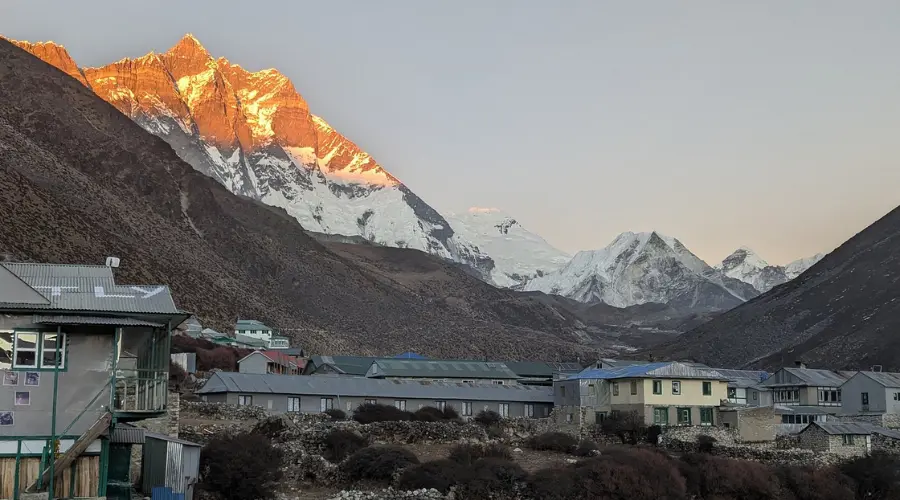
Do not rush directly to base camp or start ascending. Give your body enough rest and time to acclimate to the increase in elevation. You can go for breakfast in Hotel Everest View, visit Tengboche Monastery, and hike up to Nagarjuna Hill while on trek.
From the Base Camp, climbers head right into the Lhotse Couloir, a steep ice gully that leads directly up towards the summit. The couloir gets narrower and icier as it moves towards the summit.
The camps for the summit are:
- Base Camp (5364 m/17,598 ft) – Trekking access, acclimatisation, and logistics
- Camp I (6065 m/19,900 ft) – Situated above the Khumbu Icefall, a transitional rest point
- Camp II (6400 m/21,000 ft) – Advanced Base Camp with proper kitchens and tents
- Camp III (7200 m/23,600 ft) – Carved into the Lhotse Face, exposed and cold
- Camp IV (7800 m/25,600 ft) – High camp before the summit push, located near the base of the Lhotse Couloir
The climbing period can last for 6-8 weeks, based on your acclimatisation period and favourable weather window.
What About Death Rate?
This mountain is considered a relatively safer mountain than Annapurna or K2. The mountain has a death rate of about 2.5%, with about 15 people dead and about 600 successful summits, according to the Himalayan Database. This means that out of every 100 mountaineers, at least 2.5 people die.
However, this data can create a misconception that the mountain is safer due to its low fatality rate. The mountain is still dangerous due to the following reasons:
- Falls on the ice-laden Lhotse Face
- Rock and ice avalanches
- Altitude sickness (AMS, HAPE, HACE)
- Sudden weather shifts and whiteouts
- Limited emergency rescue infrastructure
Some 8 Interesting Facts
- The word Lhotse means “South Peak” in Tibetan, as it lies in the south direction of Mount Everest.
- It’s the only eight-thousanders directly connected to Everest, via the South Face.
- There are three summits: Lhotse Main (8516 m), Lhotse Middle (8414 m), and Lhotse Shar (8383 m)
- The infamous Lhotse Face is a massive icy wall climbers must scale en route to both Everest and Lhotse.
- Lhotse’s south face is one of the steepest and most technically challenging rock walls in the world.
- Despite its height, it remained unclimbed until 1956, three years after Everest was first summited.
- The Lhotse Face is one of the most photographed sections of the Everest route.
- Many Everest climbers ascend part of the Lhotse Face to Camp III (7,200 m / 23,600 ft) for acclimatisation before their Everest summit push.
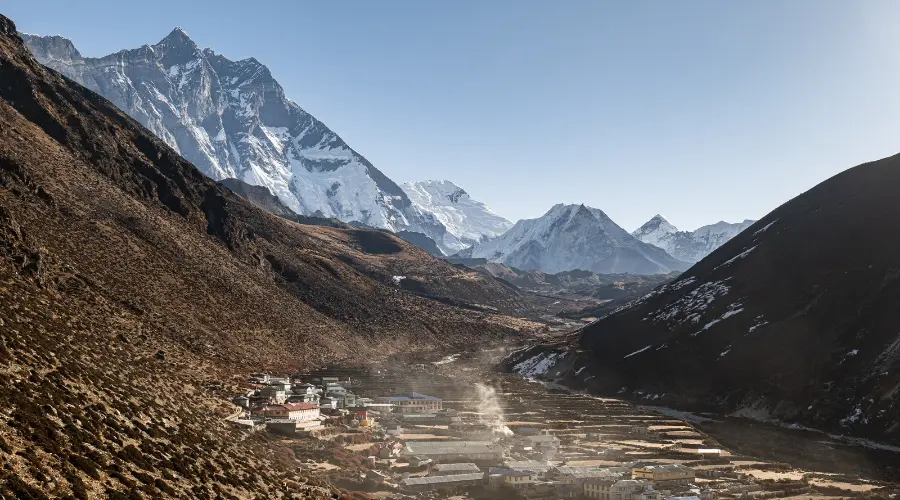
Cost to Climb
Climbing Mount Lhotse requires significant financial planning. On average, the total cost of the 4th highest peak expedition can range from $2500 to $4000, based on the season, support services, and expedition agency.
A huge chunk of the expedition budget goes to issuing climbing permits. It costs about $1800 per person, issued by the Government of Nepal, for the spring season. Spring is the most popular climbing season.
However, if you choose to climb in the autumn, the climbing permit cost is only about $900. And for winter or summer, it’s only $450.
Along with this, climbers also need to issue a Sagarmatha National Park entry permit, which costs NPR 3000 (about $251) and a Khumbu Pasang Lhamu Rural Municipality fee, which costs NPR 2000 (about $20).
Likewise, other major expenses go towards logistics and services. It can cost about $15,000 to $25,000 altogether. This includes base camp facilities, meals, Sherpa support, climbing and trekking guides, porters, satellite communication, oxygen cylinders (usually 2-4), and regulators.
Similarly, equipment rental or purchase, such as down suits, mountaineering boots, crampons, harnesses, and sleeping bags, can cost another $2000 to 5000.
International airfare to Kathmandu, Lukla flight (round trip), and insurance (covering high-altitude coverage) can cost about $2000 to $5000.
In addition, personal expenses like tips, extra meals, medical supplies, and pre-climbing training can cost up to $1000-2000.
Gears for Expedition
Apart from your trekking gear, you will need additional climbing gear. You can include the following gear for the 4th highest peak expedition:
- Mountaineering Boots (8000m grade)
- Crampons, Ice Axe, Climbing Harness
- Helmet, Ascenders, Carabiners, Ropes
- Down Suit & Layered Clothing
- Sleeping Bag (-40°C rated)
- High-altitude Tent
- Supplemental Oxygen & Regulator
- First Aid Kit & High-Altitude Medicine
FAQs
What type of mountain is Mount Lhotse?
It is a tectonic mountain mainly consisting of granite and metamorphic rock.
Is Mount Lhotse a fold mountain?
Yes, like most of the Himalayas, it is a fold mountain created after the collision of the Indian and Eurasian tectonic plates.
Is Lhotse easy to climb?
Though a little than Everest, it is considered very challenging to climb due to steep couloirs and technical ice climbing.
Mount Lhotse is situated in which country?
It lies in Nepal, along the border with the Tibetan Autonomous Region of China.
Who is the first person to climb Mount Lhotse?
Ernst Reiss and Fritz Luchsinger from Switzerland were the first to summit Lhotse on May 18, 1956.
What is the distance between Mount Everest and Mount Lhotse?
Mount Everest to Lhotse distance is about 3 km (1.8 miles), connected via the South Col.
Want to know more?
Speak to an Expert





Sandip Dhungana
Nepal 🇳🇵
Whatsapp: +977-9823636377

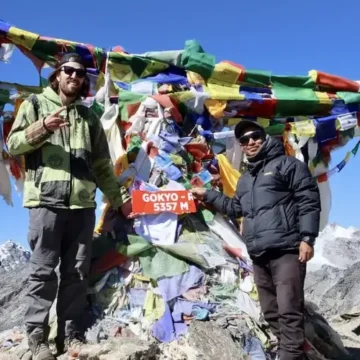

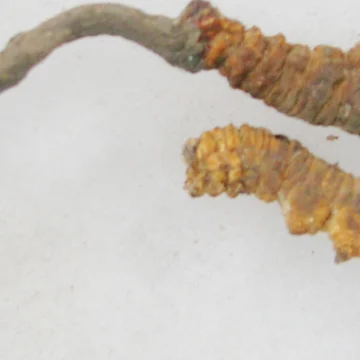
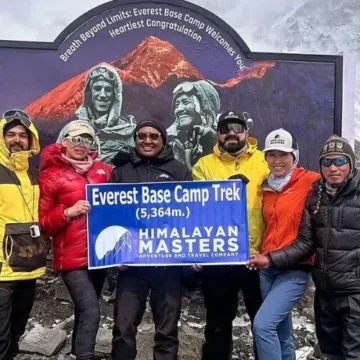
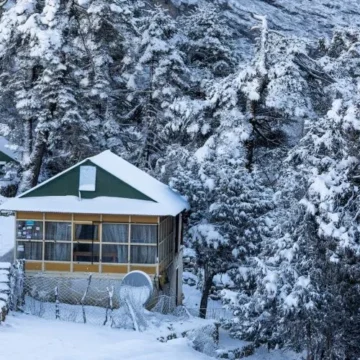
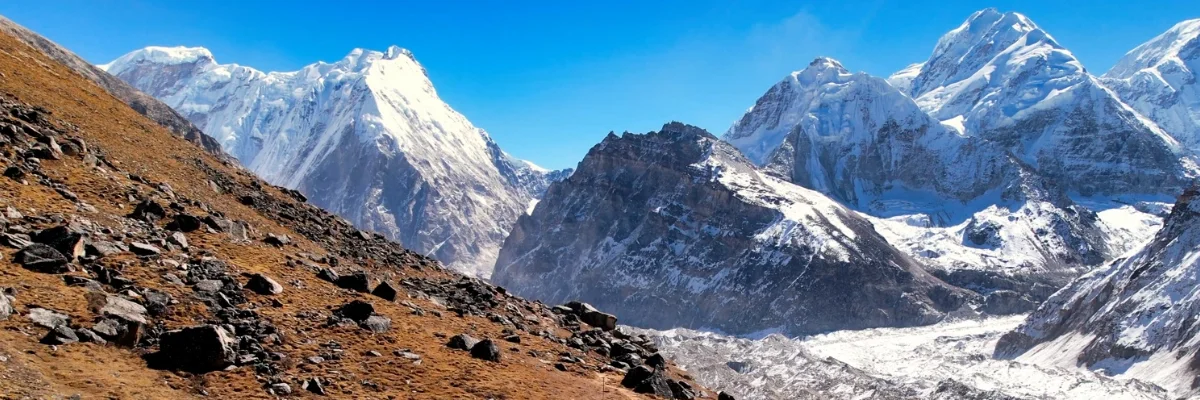
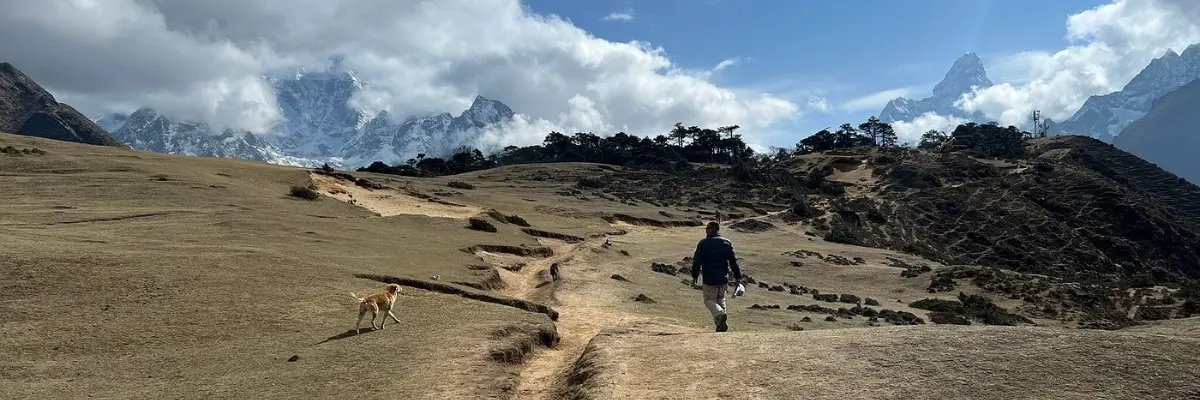
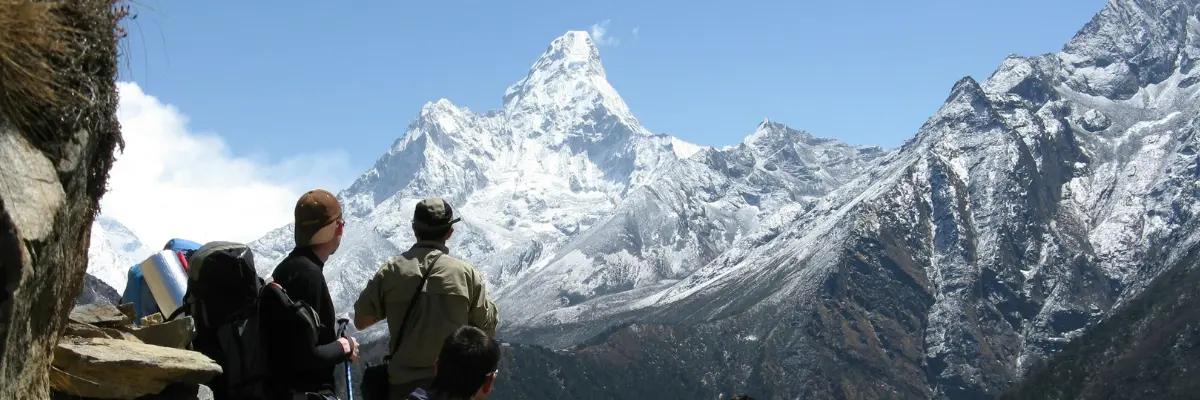
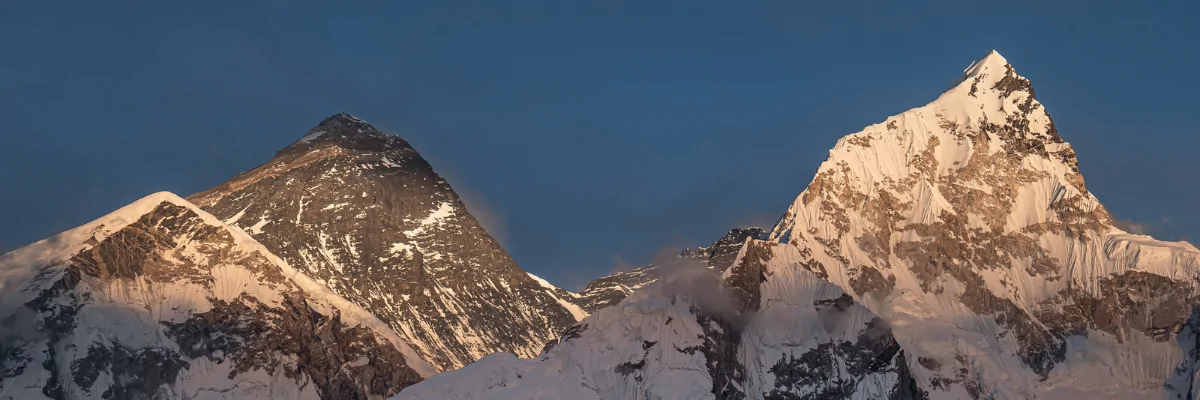
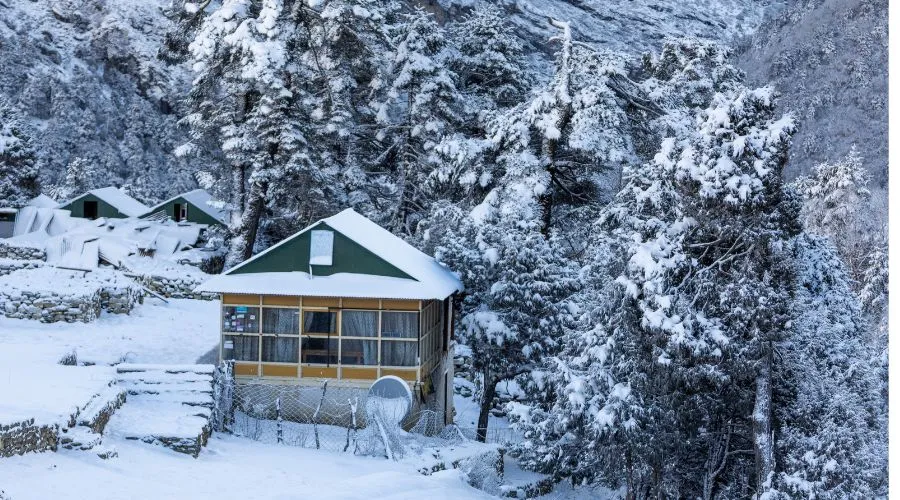
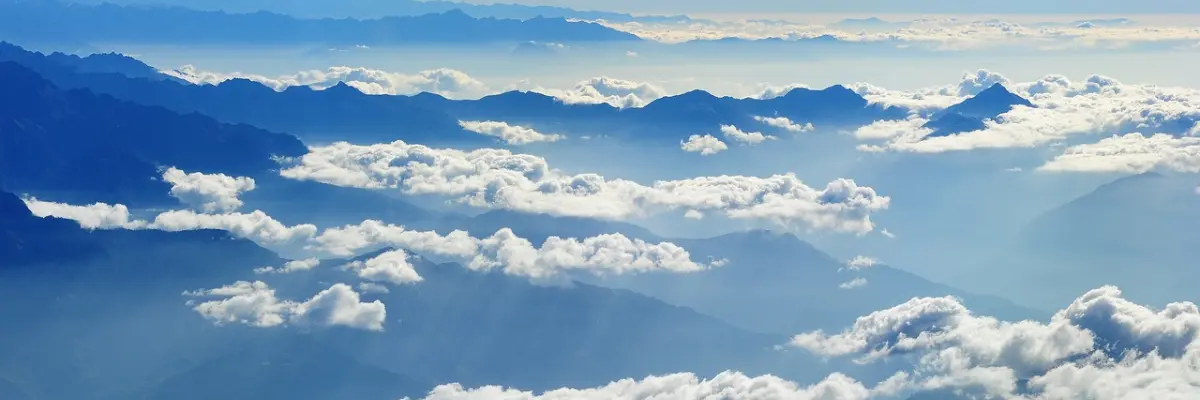
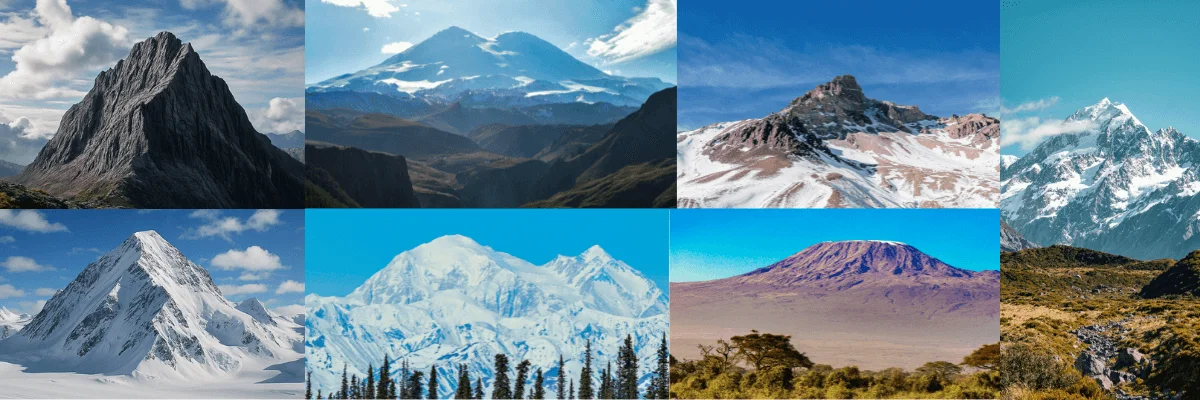
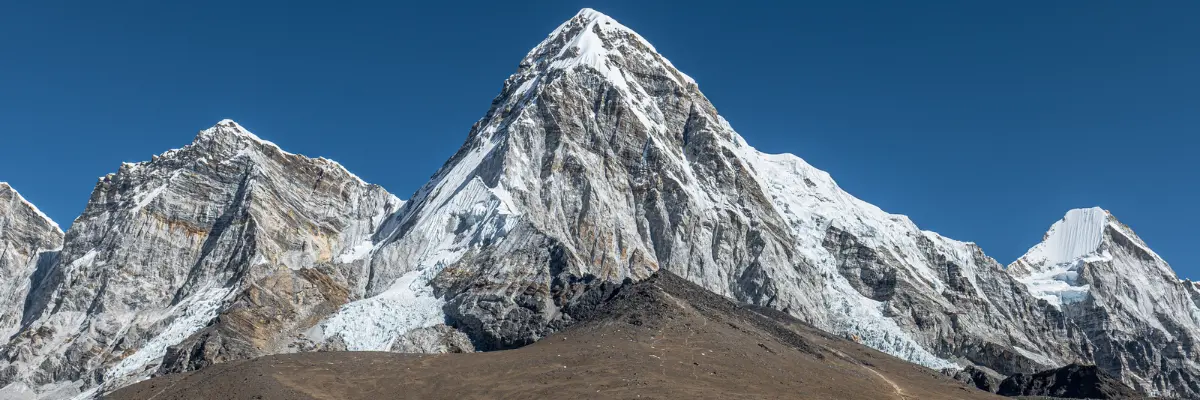









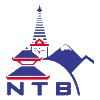
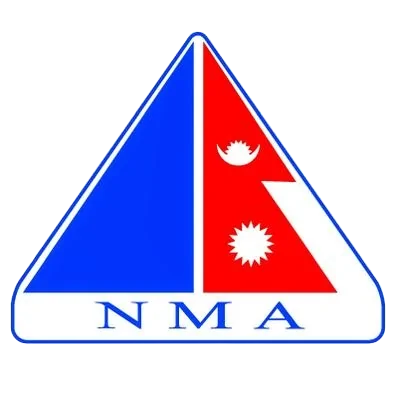

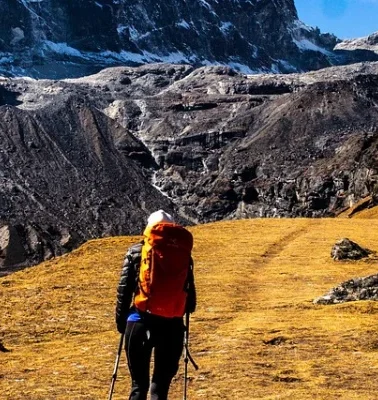
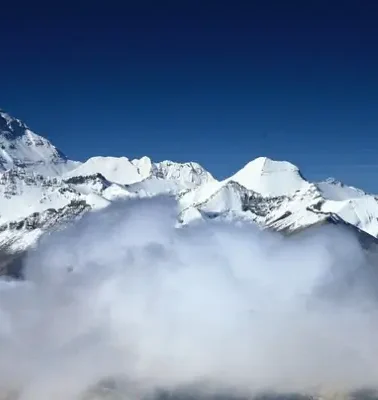
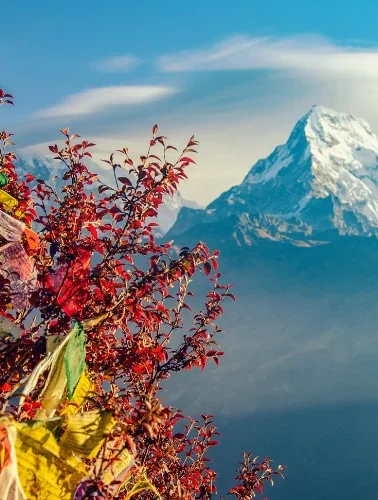
Leave Your Comment